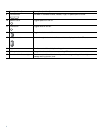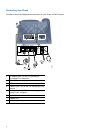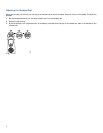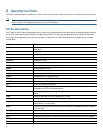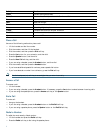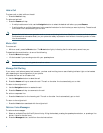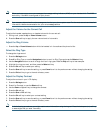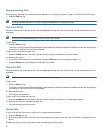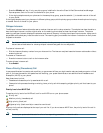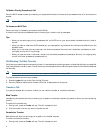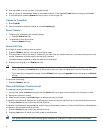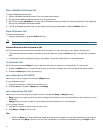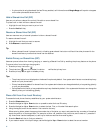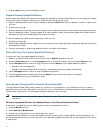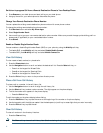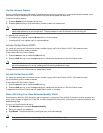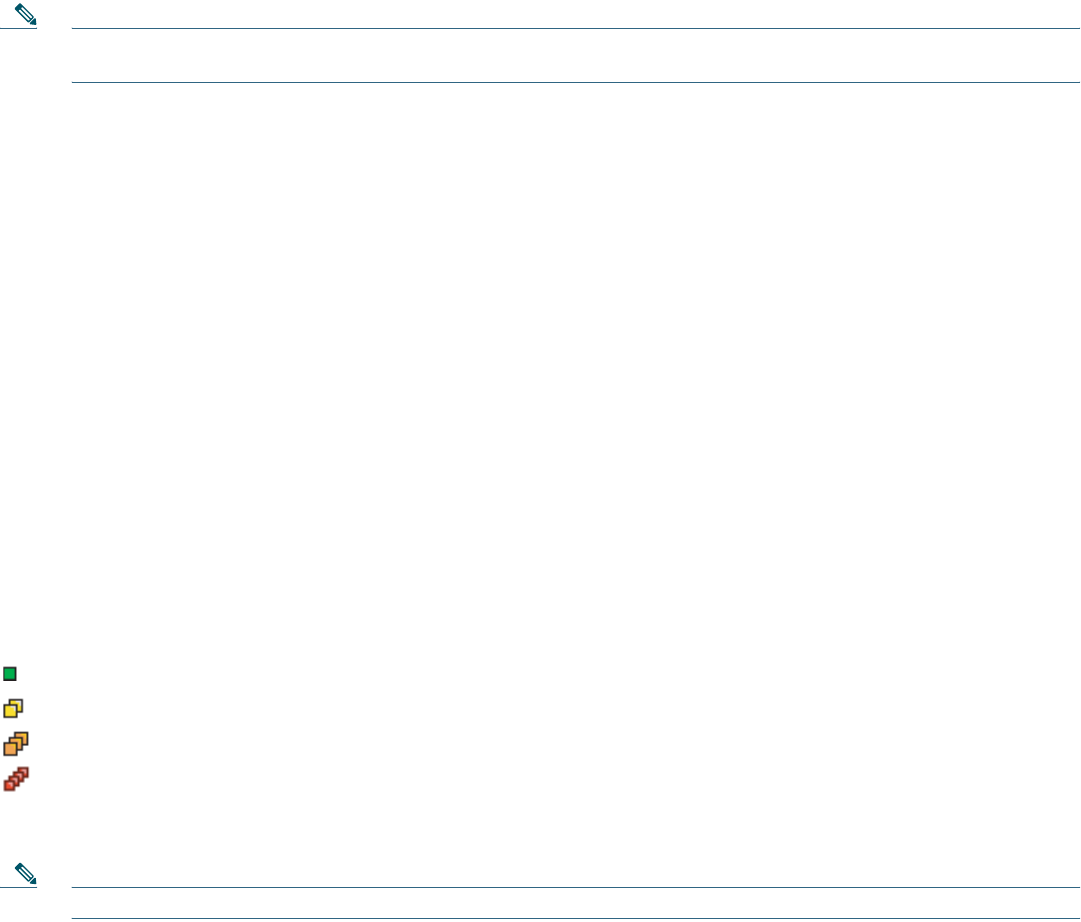
11
• Press the GPickUp soft key. If only one pickup group is defined in the entire Cisco Unified Communications Manager
Express system, control of the call is transferred to your phone.
• If the ringing telephone and your phone are in the same pickup group, press the asterisk (*) to transfer control of the call
to your phone.
If the ringing telephone and your phone are in different pickup groups, dial the pickup group number where the phone is ringing
to transfer control of the call to your phone.
Whisper Intercom
The Whisper Intercom feature allows the user to make an intercom call to a busy extension. The recipient can hear the caller or
hear the whisper intercom, and the original caller on the receiving phone does not hear the whisper intercom. The phone
receiving a whisper intercom displays the extension and name of the party initiating the whisper intercom and a zipzip tone is
played before the called party hears the caller's voice. The receiving party must select the intercom line button on their phone
to speak to the caller.
Note For intercom users to know whether the intercom is using one-way or two-way audio, the lamp for both intercom
buttons are colored amber for one-way whisper intercom and green for two-way audio.
To place an intercom call:
• Dial the intercom directory number from your intercom line. The intercom recipient hears the intercom caller audio without
answering the call.
To answer an intercom call:
• Press the intercom button to talk to the intercom caller.
To end a whisper intercom call:
• Press Endcall.
Place a Priority (Precedence) Call
In some specialized environments, such as military or government offices, you might need to make and receive urgent or critical
calls. If you have the need for this specialized call handling, your system administrator can add Multilevel Precedence and
Preemption (MLPP) to your phone.
Keep these terms in mind:
• Precedence indicates the priority associated with a call.
• Preemption is the process of ending an existing, lower priority call while accepting a higher priority call that is sent to your
phone.
Priority Level of an MLPP Call
To see the priority level of an MLPP call, look for an MLPP icon on your phone screen:
Priority call
Medium priority (immediate) call
High priority (flash) call
Highest priority (flash override) or executive override call
Higher priority calls are displayed at the top of your call list. If you do not see an MLPP icon, the priority level of the call is
normal (routine).
Note Contact your system administrator for a list of corresponding precedence numbers for calls.



